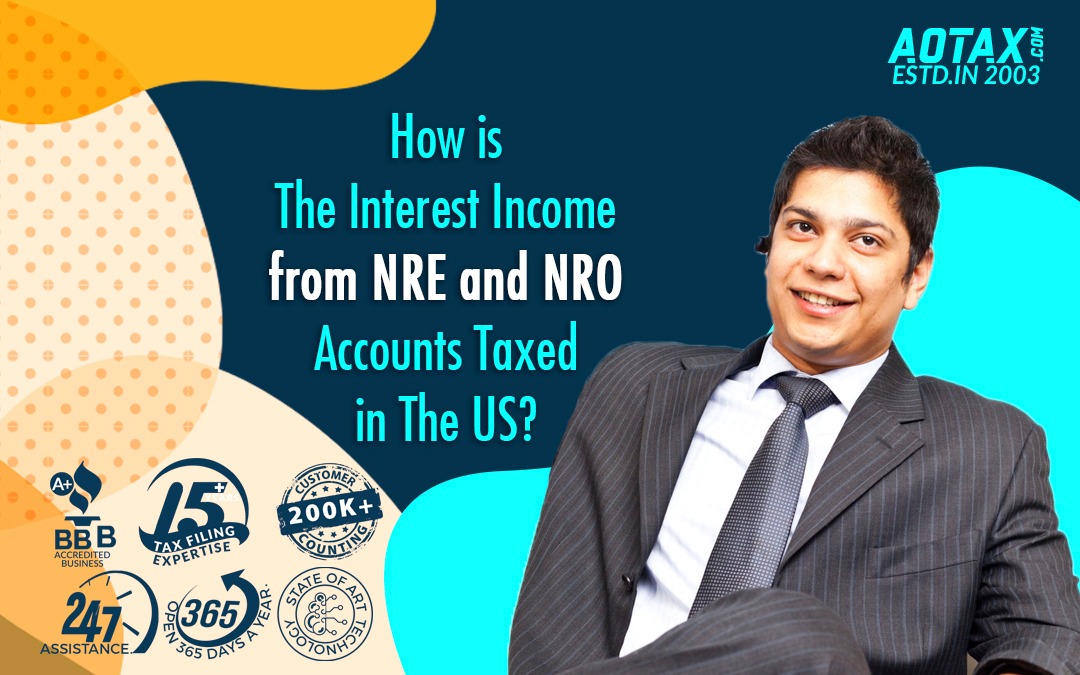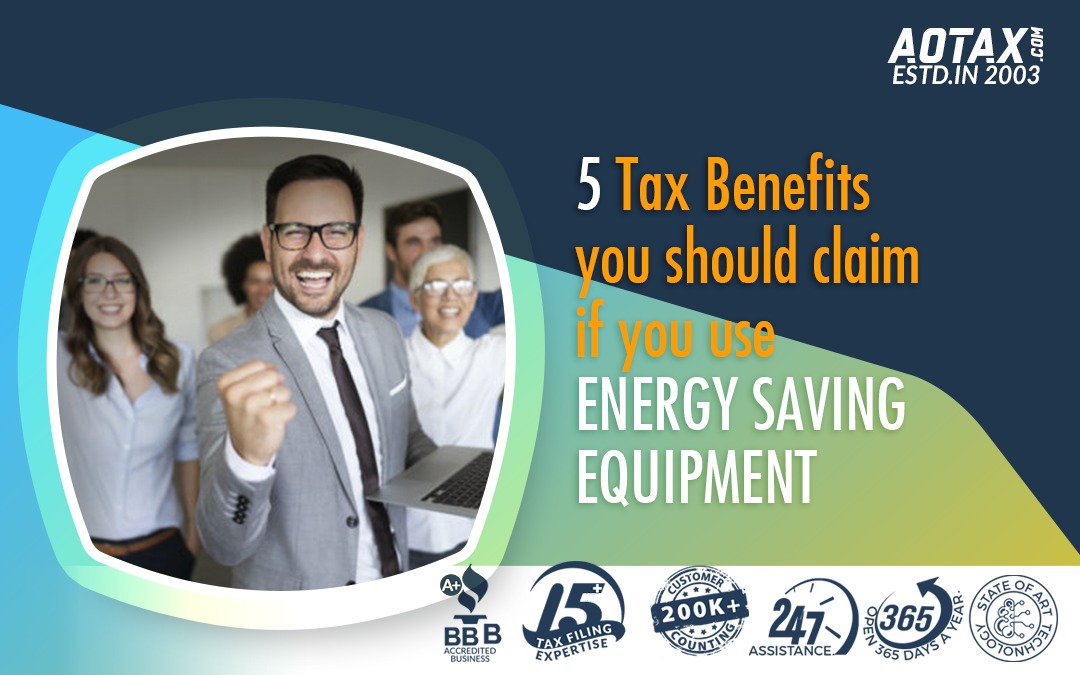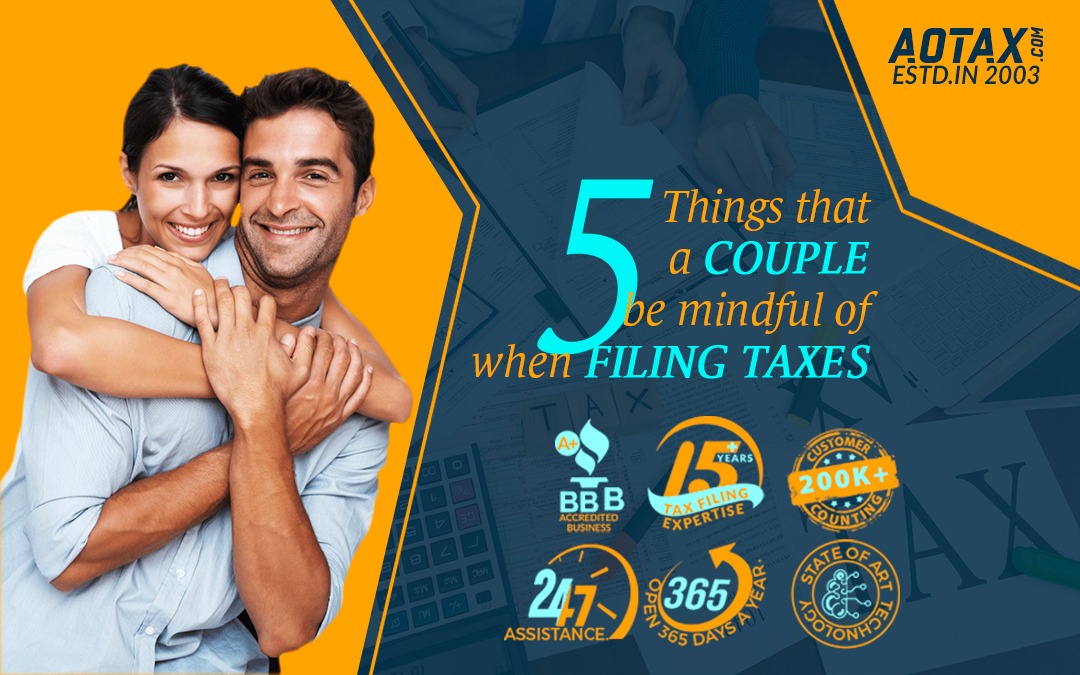5 Tax Benefits you should claim if you use ENERGY SAVING EQUIPMENT
U.S 5 Tax benefits for the second largest single consumer of energy in the world and about half of the total energy consumed in the U.S is used by the residential sectors which include apartments, independent houses, dormitories etc.
Under the Energy Star program since 1996, the U.S. Government provides tax credits to owners who install energy-saving equipment in their houses. This energy saving equipment help in energy conservation resulting in lowering the dependence of the country on foreign oil reduces national expenditure & also provides a healthy environment.
By using these tax credits, taxpayers can file for deductions in the annual tax returns which in turn reduces the federal taxes to be paid.
Equipment which qualifies for Energy Tax credits are:-
Central air conditioning
Energy Star qualified geothermal heat pumps.
Solar panels or solar water heaters.
Biomass stoves.
Non-solar water heaters operating on gas, propane or electricity.
Small Wind turbines.
HVAC Air Circulating Fan.
Electric Heat Pump water heater.
Gas Furnaces.
The major 5 tax benefits you can claim if you are using Energy saving equipment are given below:-
1(A)For Central Air Conditioning systems
- A tax credit of $300 is given for split systems with SEER >= 16 and EER>=13.
- For Packaged air conditioning products, the qualifying efficiency levels are SEER >=14 and EER>=12.
(B) For HVAC Air CirculatingFans – a Tax credit of $50 is applicable for the fans that use less than 2% of the furnace’s energy.
2(A) For Energy Star qualified geothermal heat pumps
1.A tax credit of 30% of the cost of the product is available for geothermal heat pumps.
2.These geothermal heat pumps use the natural heat from the ground to provide heating &cooling effects and especially hot water.
3.All the Energy Star qualified geothermal heat pumps are eligible for tax credits.
(B) For Solar Panels or Solar Water Heaters
- Deduction of up to 10% of the cost i.e. up to $500 is applicable on Solar Water Heaters
- These panels absorb the energy from the sun and convert it to electricity whereas the solar water heaters also use solar energy to heat up water.
For Electric Heat Pump Water Heaters: – A tax credit of $300 is available for water heaters with Energy Factor>=2.
3(A) Biomass Stoves
1.A tax credit of $300 is available on biomass stoves.
2.These stoves burn the fuels derived from plants and are used for water heating purpose basically.
(B) Non-Solar water heaters
A tax credit of $300 is available for non-solar water heaters.
These water heaters operate on gas, propane or electricity and should have an energy factor of at least2 to be eligible for tax credit.
4(A) Roofs
1.Energy efficient roofs are eligible for a tax credit of up to 10% of the cost i.e. $500.
2.Energy Star certified roofs are eligible for these tax credits.
(B) Windows, Doors & Skylights
1.Energy efficient windows, doors and skylights, when used in homes, can maintain the cooling effect of the house during summers & will prevent heat loss during winters.
2.They are eligible for a cumulative tax credit of $500 i.e. a tax credit of up to 10% on the cost.
5(A) Insulation
1.Tax credits of up to 10% on the cost of the products used for insulation.
2.Those products which reduce air leaks can be used for insulation.
3.There are various insulation products like batts, spray foam insulations etc. which can be used as energy efficient insulating appliances.
However, all these tax credits can be availed if a copy of the manufacturer’s certification statement is present with the tax-payers and also the equipment satisfies the specifications & qualifying criteria.






Recent Comments